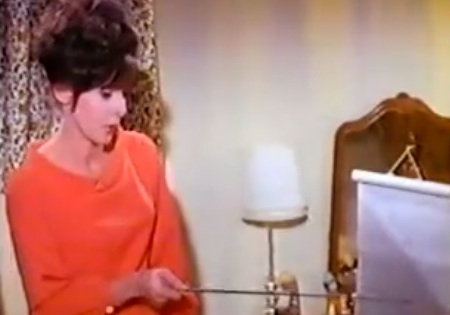Yesterday, by coincidence, both Dave Brubeck and Oscar Niemeyer passed away. Two men in different fields, living on different continents, one American, the other Brazilian. And yet in my mind they were powerfully connected.
Brubeck was continually pushing the boundaries of what is possible in music. He took his influences from everything and everywhere, and used them to push ideas that were well beyond anything else that was happening at the time.
Perhaps his most famous musical intervention into the culture, among many, was his successful attack upon the ugly squat-shaped tower of the 4/4 time signature, that boring edifice which underlies western classical music, rock and roll, dance, blues, rap, really our entire metrical culture — an insistent thumpa-thumpa-thumpa-thumpa rhythm that dulls our senses and our lives, and beats us day after day into submission.
After a visit to the Middle East and India, Brubeck was exposed to other possibilities, leading his quartet to compose Take Five (which uses 5/4 time) and Blue Rondo A La Turk (in 9/8 time). Take Five has become one of the most often played and beloved pieces in the Western musical cannon, in direct defiance of the confining boxy square of 4/4 time.
Similarly, Oscar Neimeyer’s entire career as an architect was a full frontal assault on a similar boring mainstay of architecture — the building as squared off box. All over the world he replaced the tyranny of right angled boxes by domes, curves, spirals, undulating enclosures, soaring winglike structures, and dreams of ecstatic flight made concrete flesh.
It is not surprising that his career temporarily came to a halt when Brazil was taken over by a military dictatorship. Like Woody Guthrie (a man who shared many of Neimeyer’s political ideals), whose guitar bore the inscription “This machine kills fascists”, Neimeyer understood that there are many kinds of boxes, and that the ones most dangerous to freedom are those that the eye cannot even see.
Two brilliant men, two continents, who shared a profound idea — that truth comes in many shapes, and beauty is often found outside of the box.


